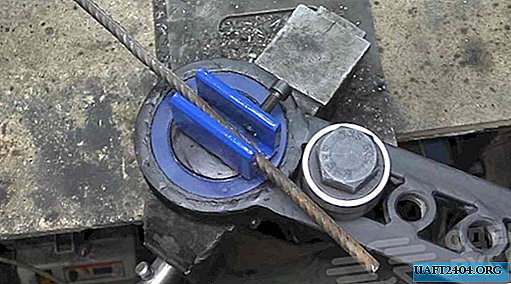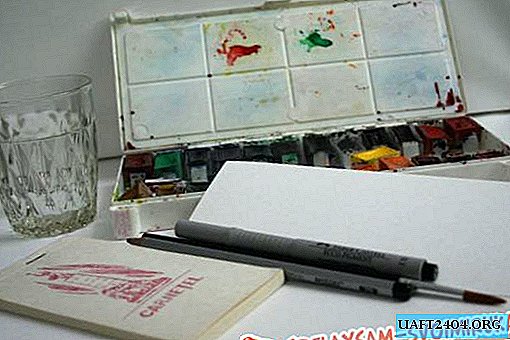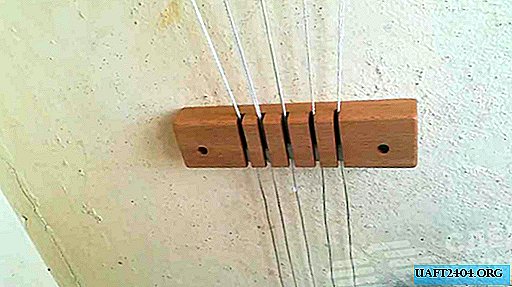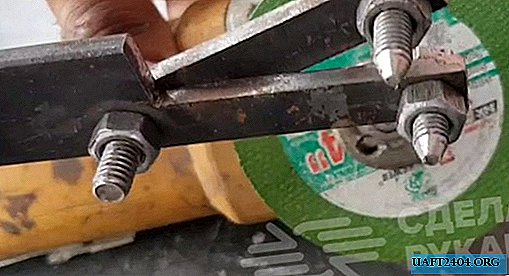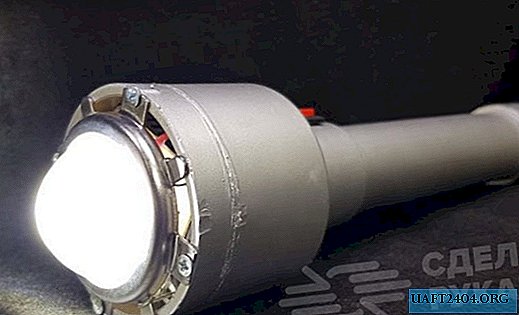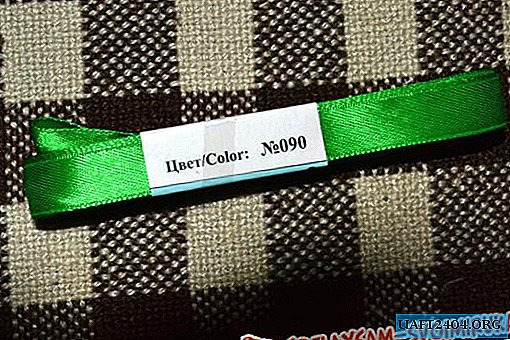Share
Pin
Tweet
Send
Share
Send
So, in the example, sewing a cover measuring 40x40 cm is described. Cut off a piece of green fabric measuring 43x50 cm (pillow size plus seam allowances and fabric folds). Then, for the back with the clasp, we cut out two more pieces of white fabric 43x26.5 cm (the side of the cover, halved plus 5 cm by the clasp). You can do without a fastener and simply sew the unstitched part carefully with your hands after putting on the cover, but with the fastener it will be more convenient then to wash the cover itself, especially if the fabric is light and will have to be washed more often. We take a piece of linen lace, slightly longer than the side of the cover.
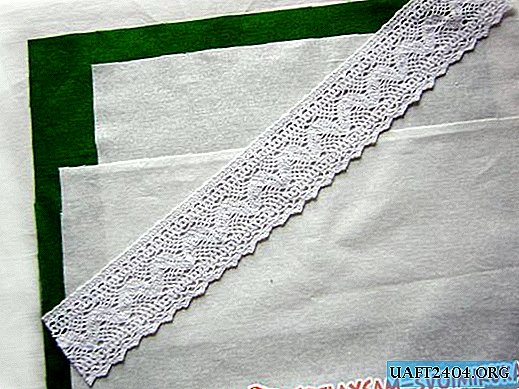
We process the back part of the cover. The fastener allowance is fastened by 2 cm, then again by 2 cm. It is good to immediately press down the ironed part for several seconds with a wooden ruler after ironing. The tree absorbs moisture well, acting as an ideal press.

We build it back by 1 mm from the ironed edge.

We mark with pins on the executed fastener bar the places for sewing buttons - one is sewn in the middle and one more pair, having departed 7 cm from the middle button.

We sew buttons, aging, so that the threads are not visible on the front of the fastener, for this we sew, touching only the top layer of fabric with a needle.

We fasten the buttons of our fastener and sew the both parts of the back of the cover about 5 cm on the front of the fabric with the letter “G”. On the short part of our seam we make a fastener so that the seam does not spread out while putting the cover on the pillow.

We take a green piece of fabric and make markings on it for sewing on lace and folds. This is done so that the decor elements look symmetrical. On the longer side of the fabric, we postpone 21.5 cm from the cut to the right (the length of the side of the cover divided in half plus the allowance). This is our mid pillow. To the left of the middle line obtained, lay 3 cm (half the width of the lace). To the right of the midline we set aside 4.5 cm (half the width of the lace plus the width of the fold - 1.5 cm).

We attach lace to the left line and sew it with an even line on both sides. We are laying two lines in one direction! Otherwise, the fabric under the lace will be tightened during sewing.

We begin to lay the folds. We smooth the fabric by folding it in half along the drawn extreme right line. So the folds are perfectly smooth.
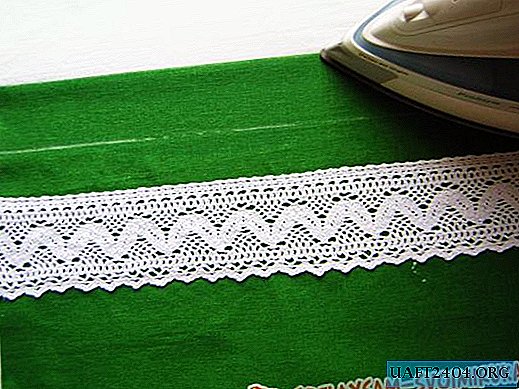
We build the crease by stepping back from the ironed edge of 1.5 cm (crease width). Iron the fold from the wrong side in the direction from the lace. We fold the fabric again with the expectation that the new fold will also be 1.5 cm wide, iron it.

We again fold the fold, but this time we retreat from the ironed edge of 1.7 cm - so that the line is not visible from under the folds. In principle, you can make as many folds as you like, just remember to calculate the tissue consumption first. I had a little fabric, so I laid in two rows of decorative stitching along the folds. You can sew narrow lace. Or make the pillow symmetrical simply by stitching lace in two rows. It all depends on the imagination and, if you do not want to spend extra money on the purchase of decor, on what is in your home supply.

Fold our two parts of the cover face to face, pin it off with pins, align the slices and cut along the perimeter. We process the edge with an overlock or zigzag seam.

Here we have such a decorative pillow on the sofa. And indispensable as a decor and comfortable for relaxing.
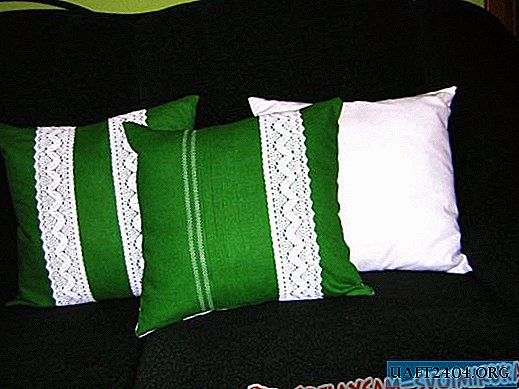
Share
Pin
Tweet
Send
Share
Send

